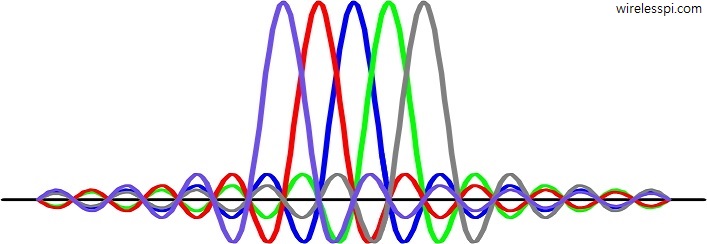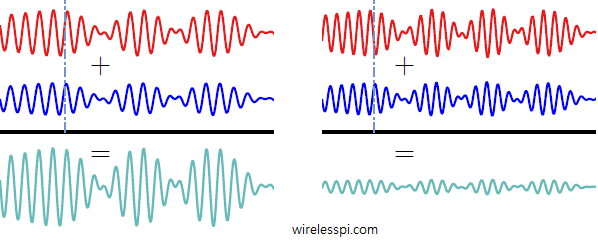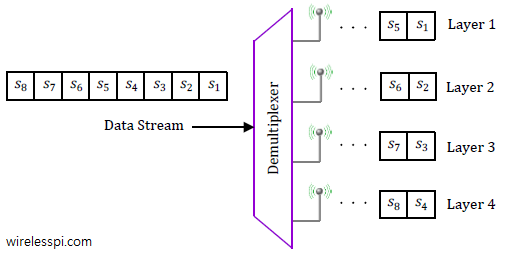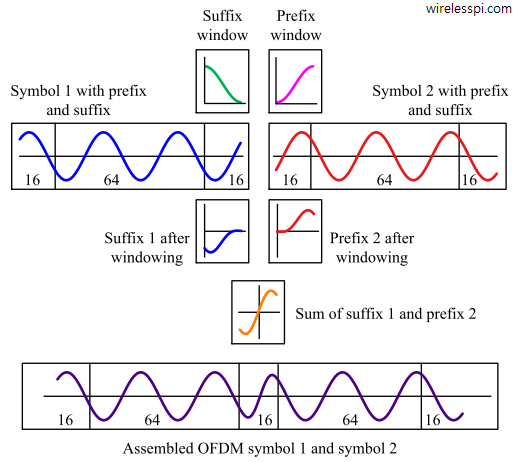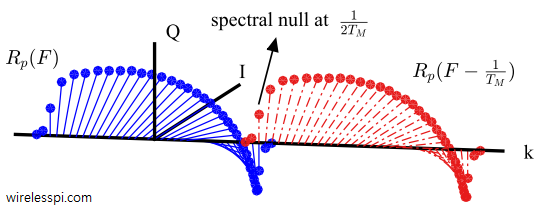Reading about interference cancellation techniques today, I recalled an interesting article by Sridhar Vembu titled Two Philosophies in CDMA: A Stroll Down Memory Lane. Vembu is the founder and CEO of Zoho Corporation, a venture which has turned him into a billionaire. He spent time both in academia (at Princeton) and in industry (at Qualcomm) working with the likes of Sergio Verdu in one camp and Andrew Viterbi in the other. Here are some excerpts from his article which is not available online anymore at the time of this writing. I have now worked a little over 10 years in
Continue reading